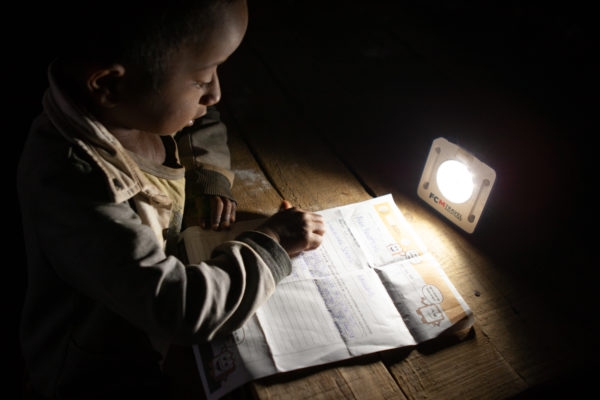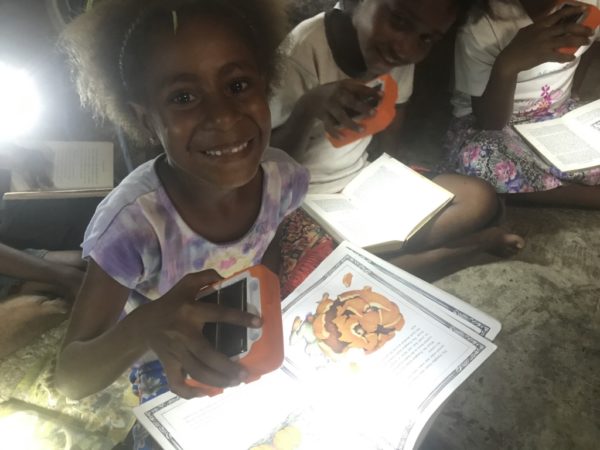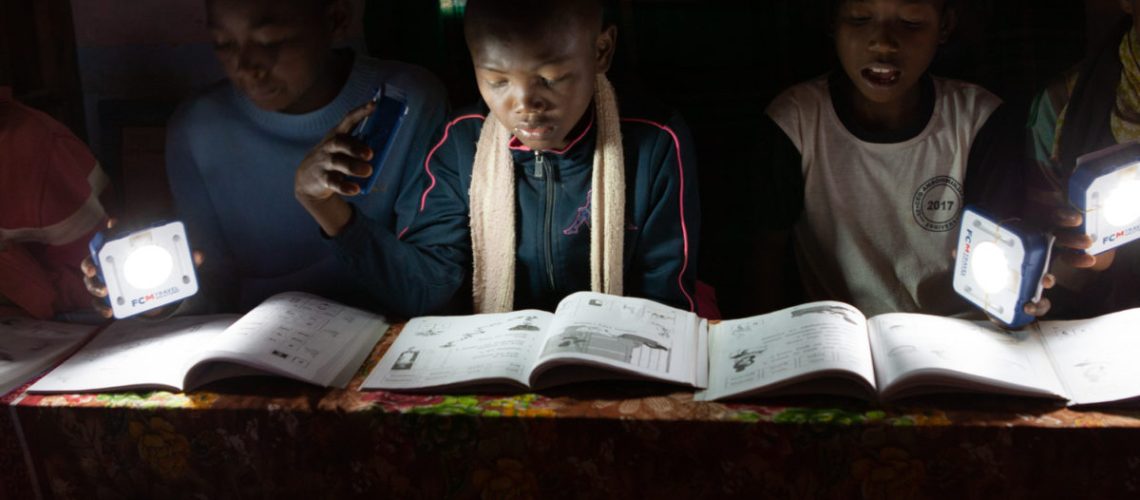When addressing issues related to poverty, people often turn to access to food, clean drinking water, sufficient clothing, and access to education as areas where immediate action will produce immediate, tangible results. Rightfully so, overcoming any of these issues will lead to unprecedented improvements in quality of life for those who had no tools to overcome them before, however the full picture of how poverty keeps people trapped in its oppressive cycle goes beyond these core issues.
One such aspect of this issue is energy poverty: a lack of access to electricity for cooking, heating and lighting. Globally, 13% of the population, or approximately one billion people, still do not have reliable access to a modern source of electricity, while roughly 3 billion people live without access to electric-based cooking, cooling, and refrigeration systems.
In both instances, these people must turn to alternatives, often kerosene for lighting and cooking, or a host of other dangerous, inefficient, non-renewable, and downright dangerous sources of fuel, like cow manure, crop waste, or coal. These issues affect Approximately 57% of the population in Africa (600 million people) and 9% of the population in developing Asia (350 million people), and disproportionally affect women and children. According to the World Health Organization, 2.8 million people die prematurely every year, often women and children, from the dangerous effects of pollutive cooking and lighting sources.
In addition to the human tragedy caused by extreme energy poverty, these pollutive cooking and lighting sources amount to 3.6 billion tons of CO2 emissions per year, almost 10% of annual global emissions and 3 ½ times the annual amount produced by the global aviation industry.
In an attempt to bring awareness to the issue of extreme energy poverty and ultimately combat it, Simon Doble, in 2016, founded SolarBuddy, a global impact organization dedicated to illuminating the futures of all children. For the first five years of its existence, SolarBuddy focused on providing clean solar energy solutions for children who do not have access to safe, reliable and carbon-free lighting.
Operating out of Australia, where Doble lives, SolarBuddy is now ready to deliver solar system solutions that transform the lives of families and communities on a larger scale. SolarBuddy is registered as a 501(c) US charity, now looking to emerge from ‘stealth’ mode and maximize the work it can do to end extreme energy poverty.
“We are, in essence, a renewable energy charity, but we provide solar systems to people that need them and align ourselves with a sophisticated, impassioned, and very well developed renewable energies industry in the United States,” said Doble. “It perfectly aligned for us to get into the the industry.”
Children changing lives
Because SolarBuddy has a specific focus on mitigating the effects of extreme energy poverty on children, the organization has designed a two-pronged approach that includes integrated STEM curriculum for schoolchildren in areas of means, Australia thus far, and solar-powered hardware solutions for those living in extreme energy poverty, which all started with a child’s reading light Doble designed himself.

“There’s basically a bedside light for young children, children under the age of 12, who would otherwise be using a kerosene burning wick lantern,” explained Doble. “[We’re] providing them with a little basic solar bedside lamp, one that they can use to study with, they can use to feel safe, one they can turn it on in the middle of the night when they’re scared. Their parents can turn it off when they know they’re safely in bed, all the different things that we provide our children just automatically by living in the house that we live in.”
As SolarBuddy has grown and achieved backing, in some instances from the companies who employ parents of the children who have participated in the organization’s STEM program, so too have Doble’s ambitions of the solutions SolarBuddy can deliver.
“So I sort of started with that, but now we’ve expanded into phone charging devices, into cookstoves, and I’m in the middle of designing a renewable energy refrigeration system,” he continued. “All of it is centered around ending extreme energy poverty, and use of kerosene, dung, firewood, and other forms of fuel that are terribly toxic for the people that are exposed to it, terribly expensive for the people that use it, and ultimately extremely bad for the climate as well.”
One of SolarBuddy’s founding pillars is that education is core to the solution of ending extreme energy poverty. According to the organization’s core mission, education helps to build local awareness and understanding of extreme energy poverty, creates better global citizens, and is the most important factor in creating equitable opportunities for all communities. This is why Doble created the SolarBuddy STEM program as a way to connect children of means with the harsh realities of the world around them, while also showing them the power they have to change that reality.
“I call it social stem,” said Doble. “Where children learn science, technology and engineering around renewable energy, climate change and the United Nations Sustainable Development Goals. They also learned human-centered design and why light is really important, why energy is really important, and why other things are really important, but also what those things mean to other people that don’t have those opportunities and those luxuries in their lives. So there’s a huge empathy element to what we do, and that’s been a real eye opener for me.”
What’s next
According to Doble, while the basic idea of fostering empathy through education has always been at the heart of SolarBuddy, he didn’t anticipate the way that such a sentiment grows when one is actively designing and building a system that will directly help a kid in need, a kid just like them.

“I designed the model without realizing the empathy aspect, because it’s, it’s just part of my nature. But the feedback from the children and the parents and the teachers, etc., is that the children are really becoming so socially aware of their learning about a problem that they never knew anything about. The tools to actually change another child’s life and what that means to them, subsequently, led us into the corporate program, where we had school children going home talking to their moms and dads who are CEOs or company founders, whatever, saying ‘We did this programming in school today. I made a light and it’s gonna go to a child, and that child is going to be able to study in brief in a healthier environment.’”
From there, Doble shares that a number of CEOs and executives in large, difference-making companies have approached him to say “What have you just taught my child? They will not stop talking about SolarBuddy.” Which has led to what he describes as a serendipitous way of growing and engaging. It’s Doble’s hope that this phenomenon will continue as SolarBuddy takes foot in the US, and that the organization will be able to leverage that support into providing more comprehensive energy systems to those in energy poverty both at home and abroad.
While the same levels of extreme energy poverty cited earlier in much of Africa and developing Asia don’t exist so much in the US, insufficient access to reliable, renewable, and affordable energy all plague low- and middle-income families and individuals in the US. It’s Doble’s hope that, in highlighting and working to solve the vast energy inequities that exist abroad, SolarBuddy and its supporters will also be able to solve the ones that still exist in the US, Australia, and throughout the Western world.
“There’s still energy poverty in America, not extreme energy poverty, but there’s still people that can’t afford their bills,” said Doble. “There’s organizations like homeless shelters, domestic violence shelters, and low-income schools that need support, and we want to be part of that conversation. We want to tackle this global problem properly and empower enough Americans to put their name to our mission and help us do what we need to do and push us over the line.”



